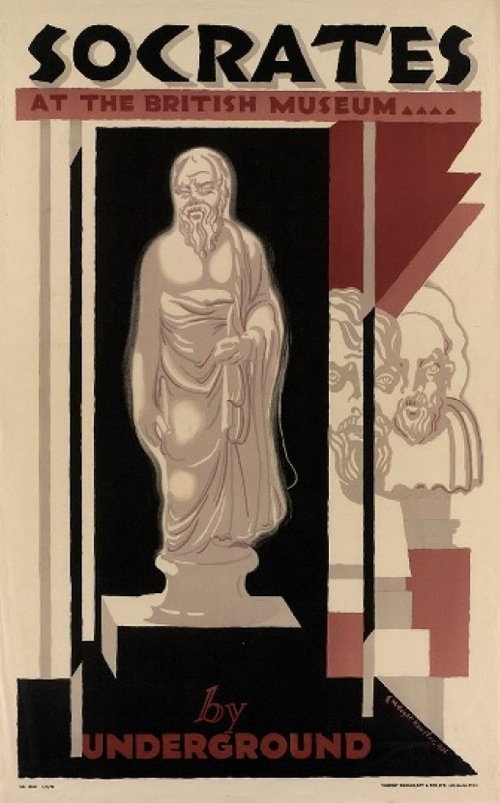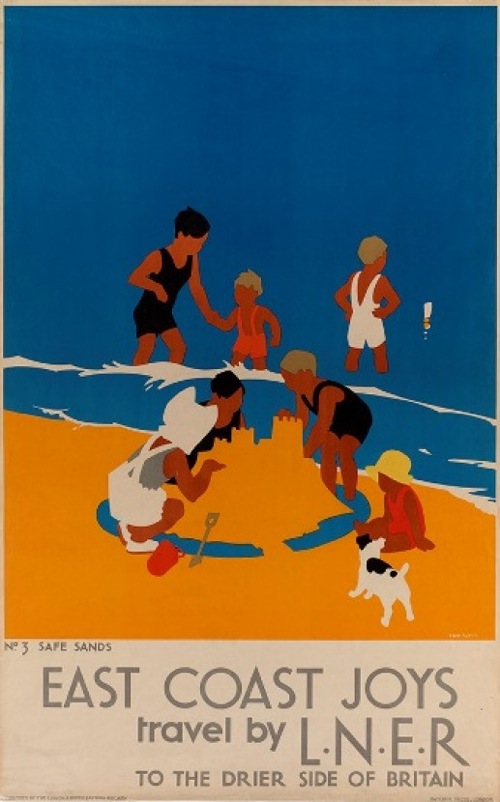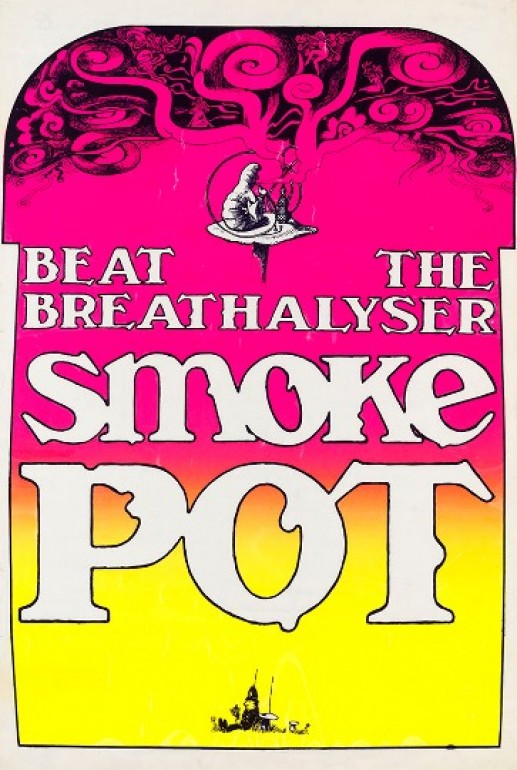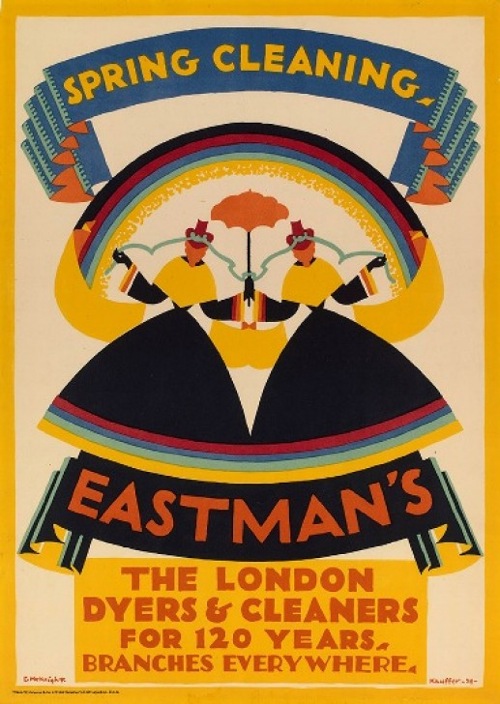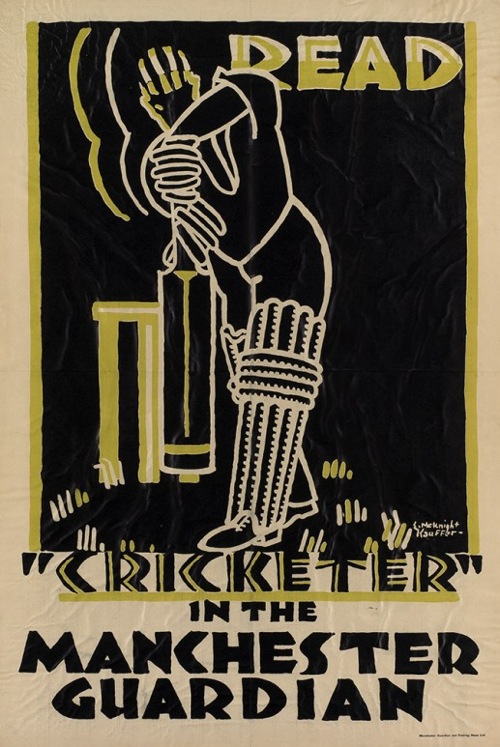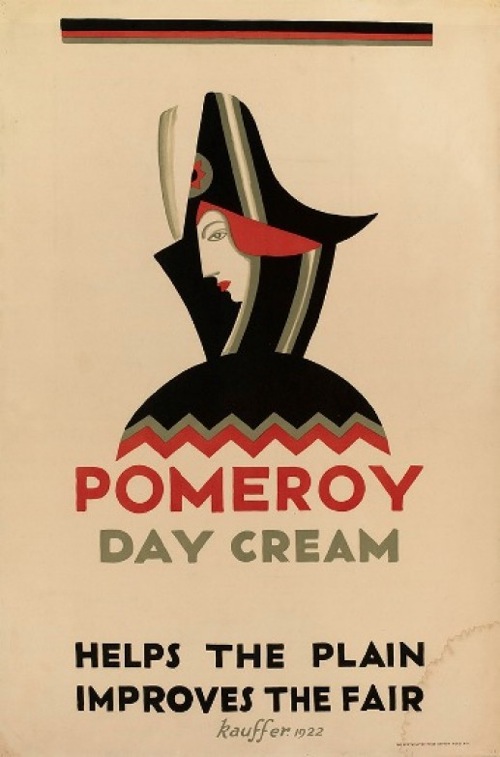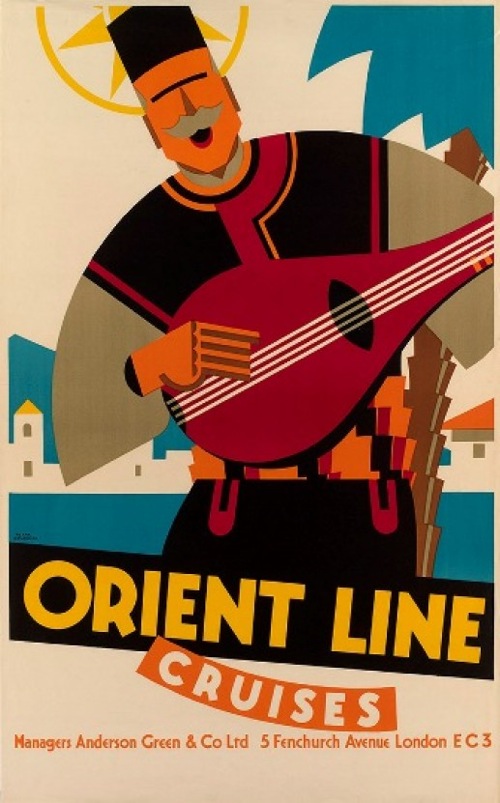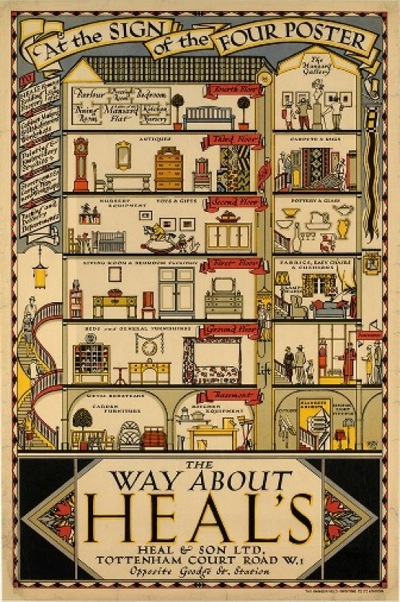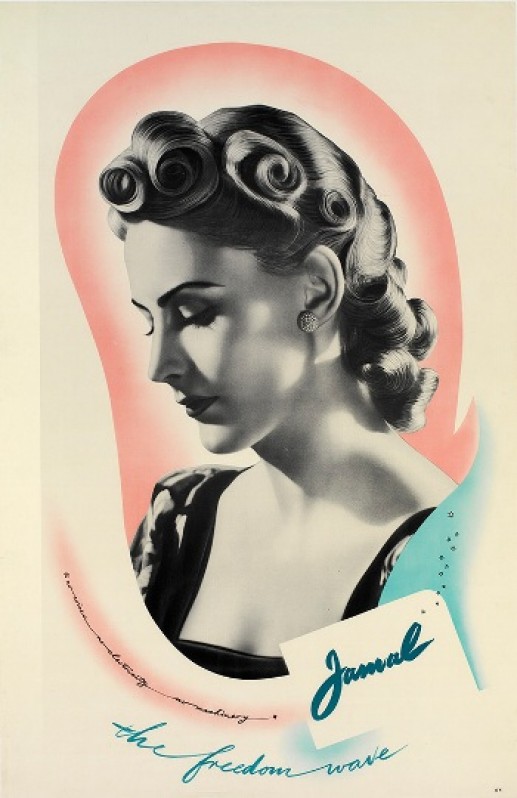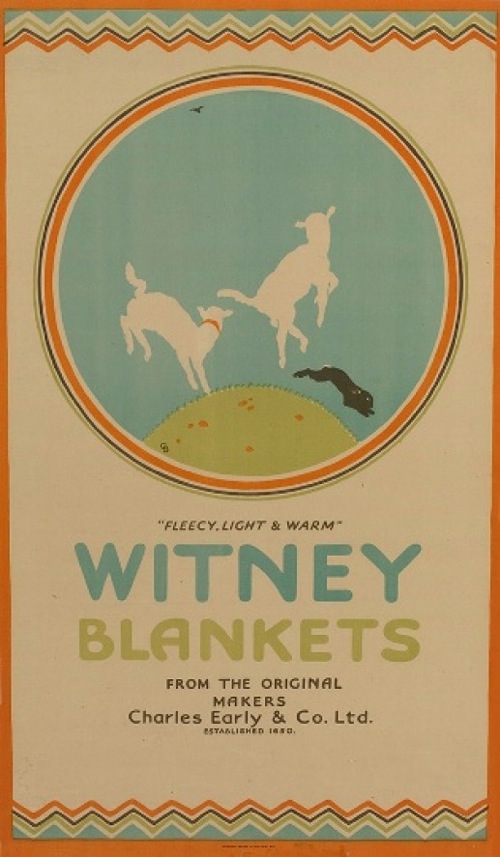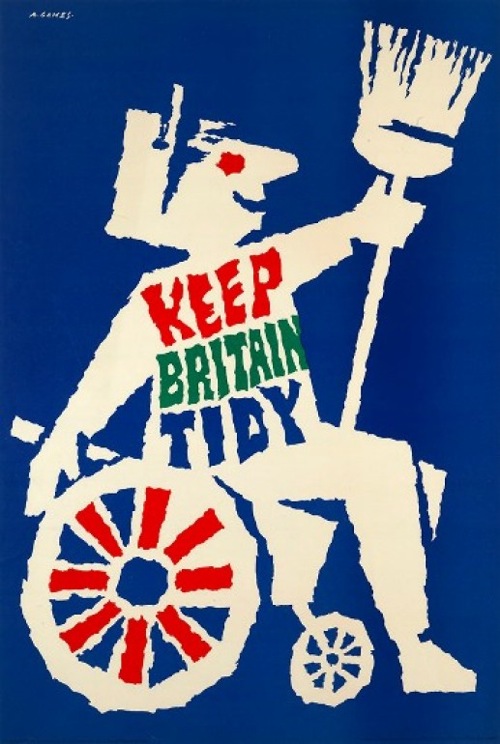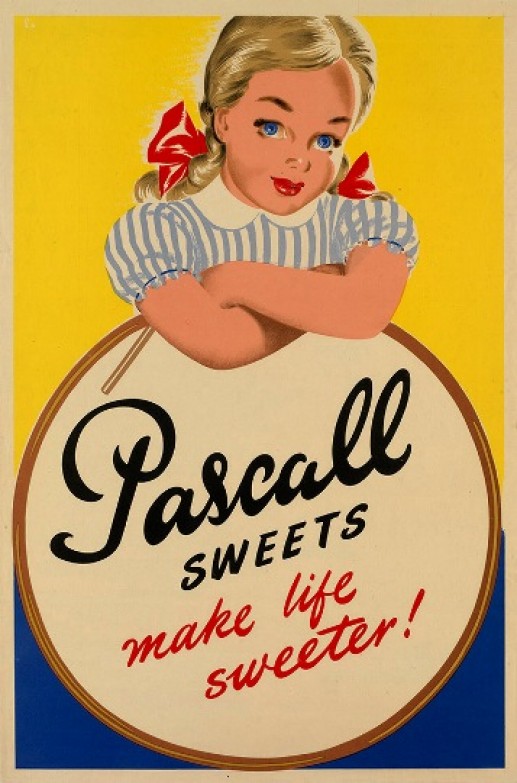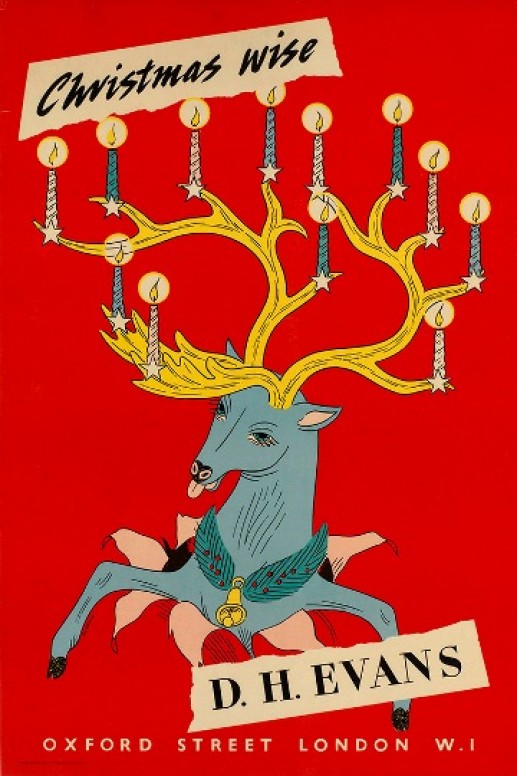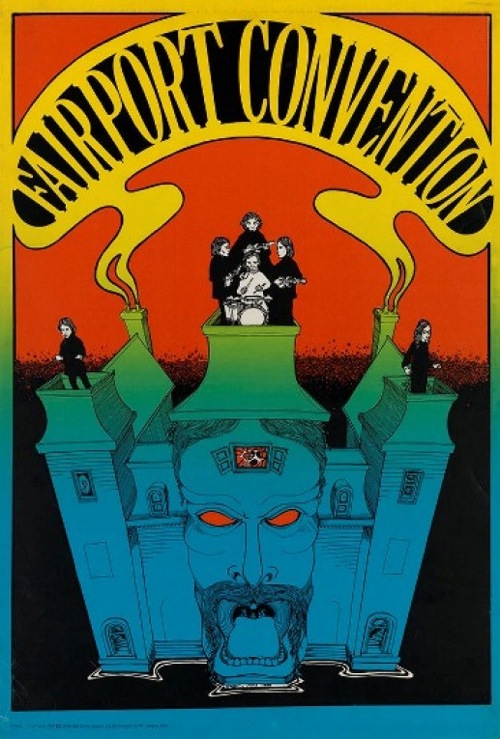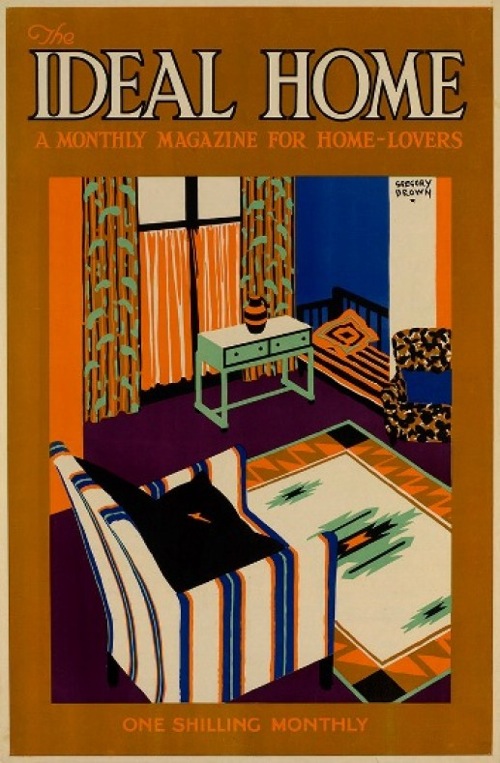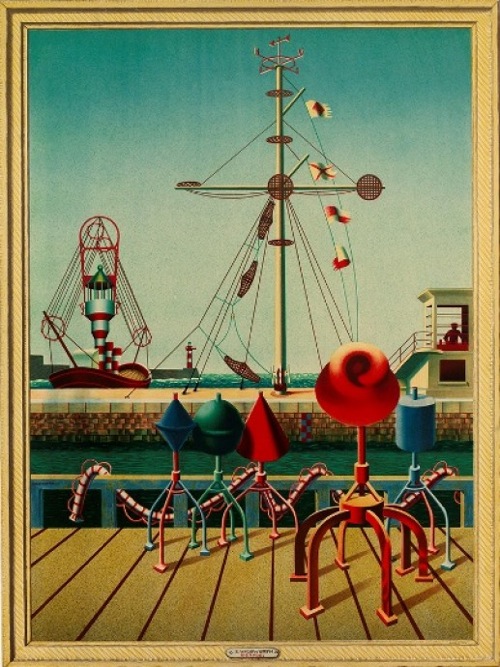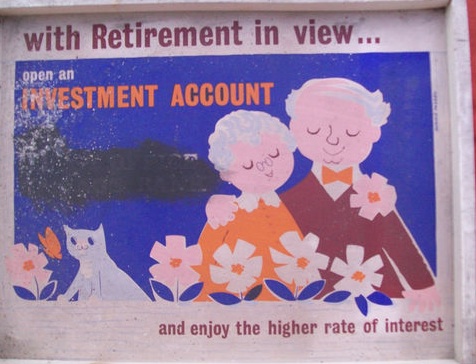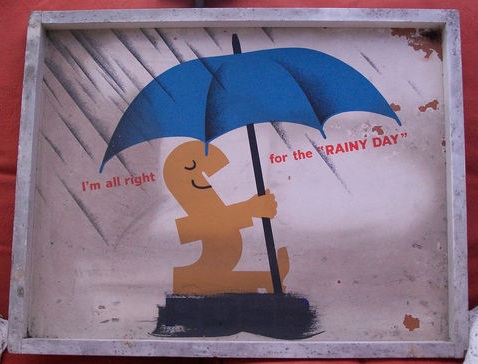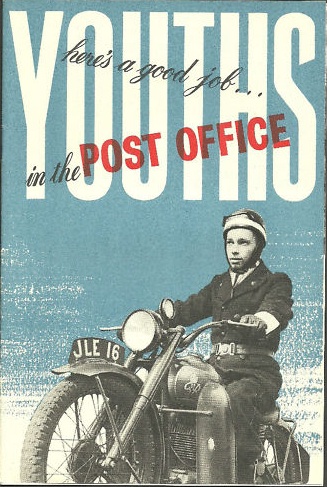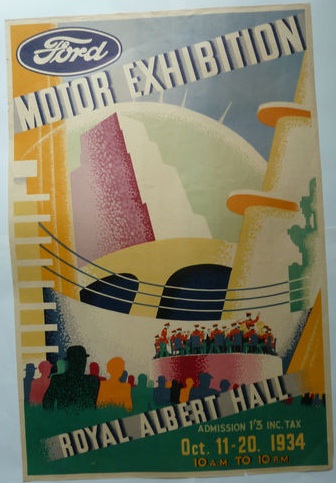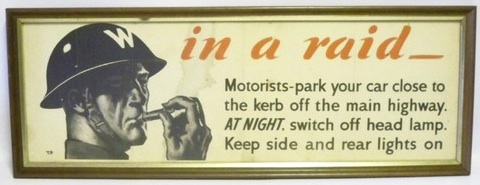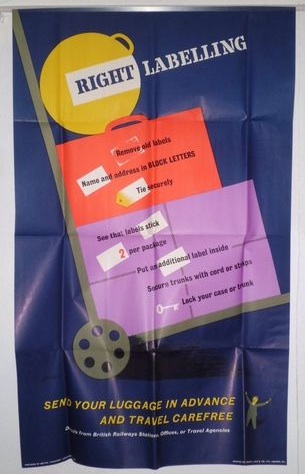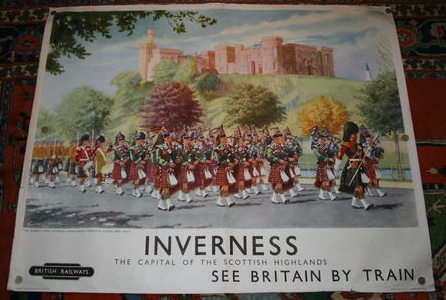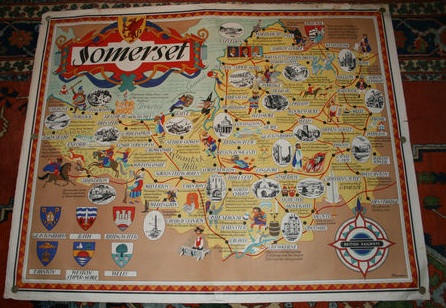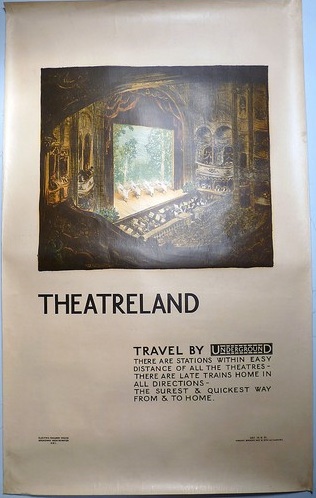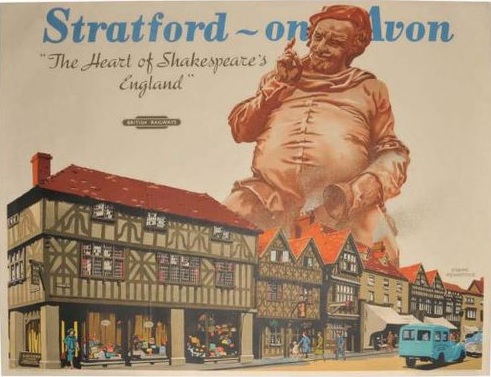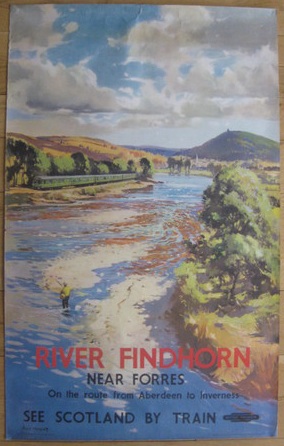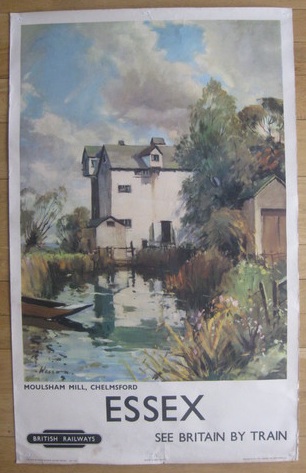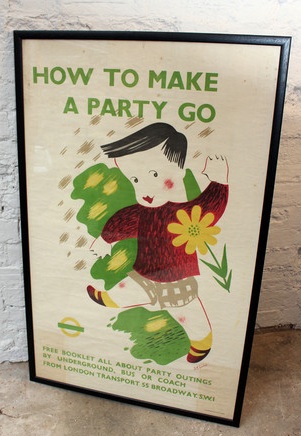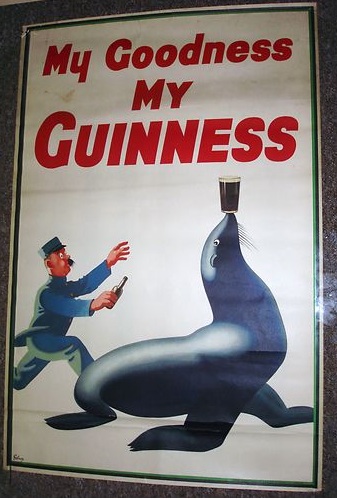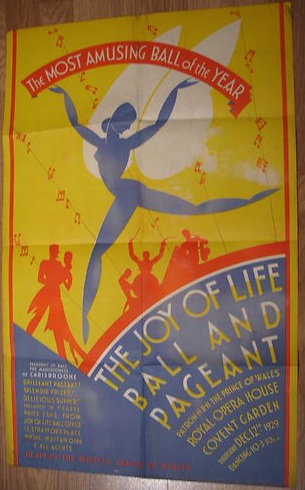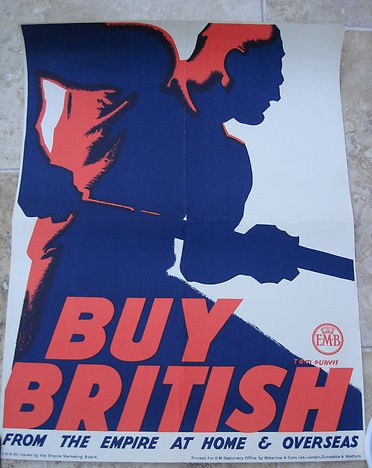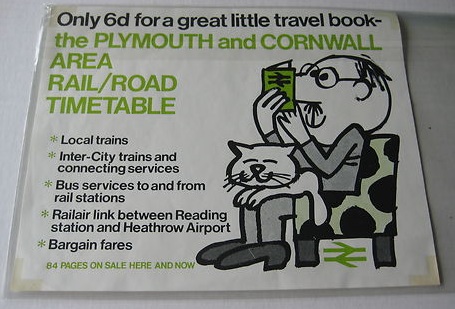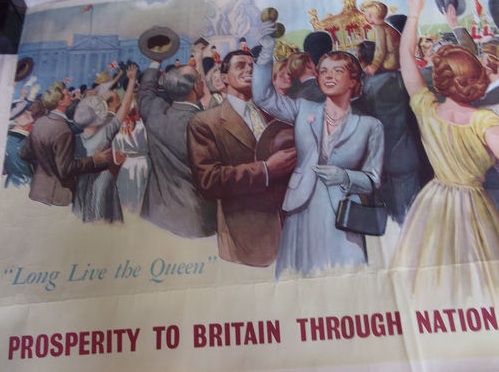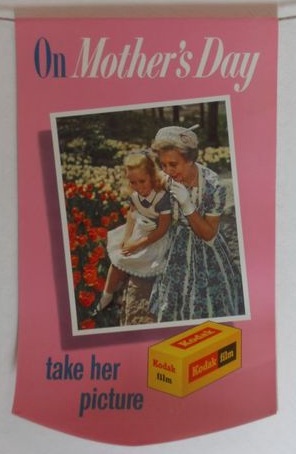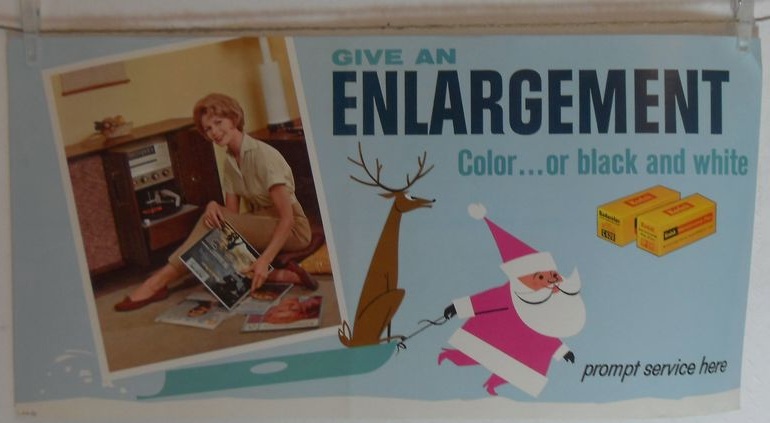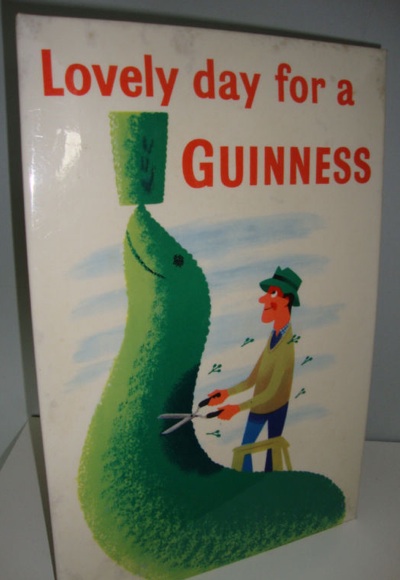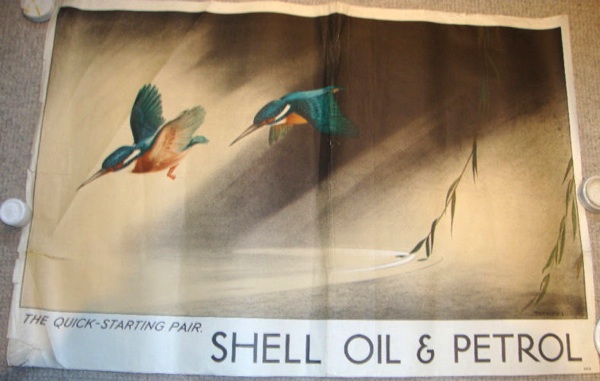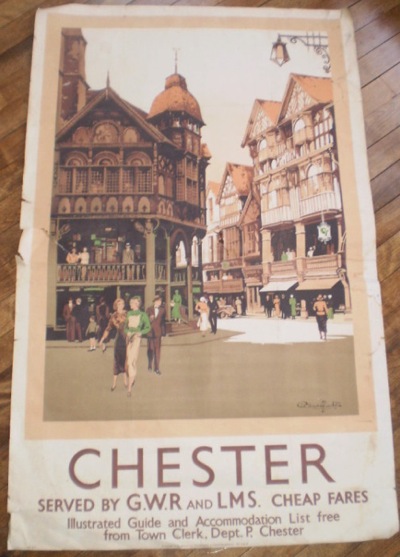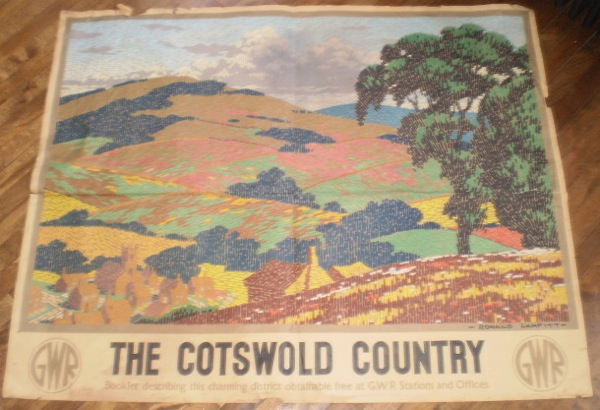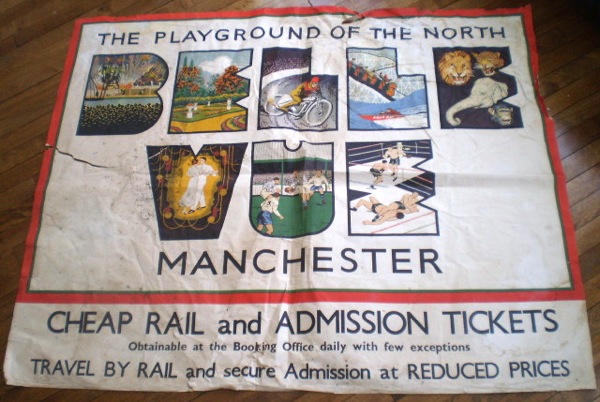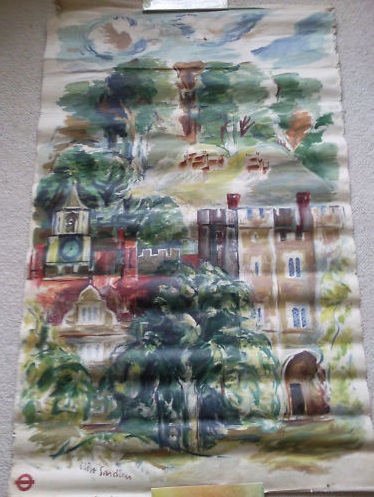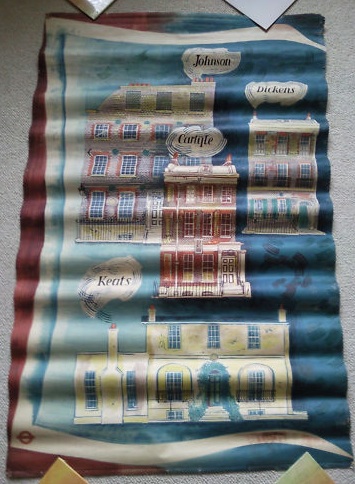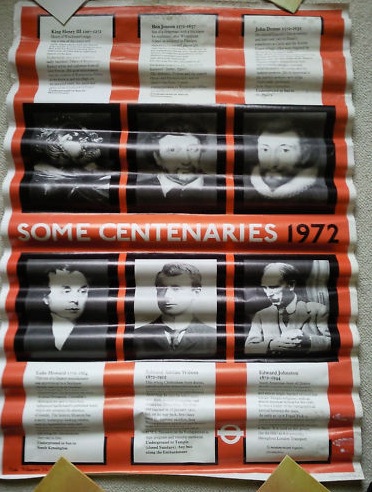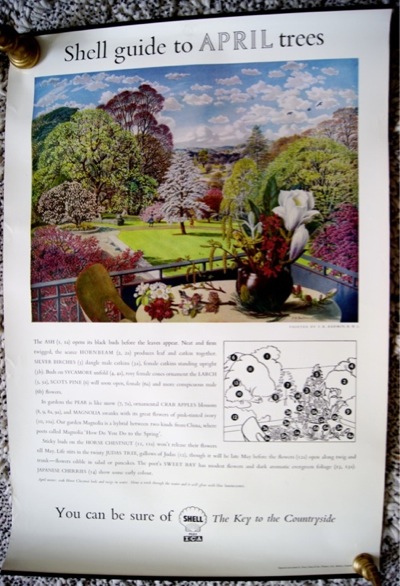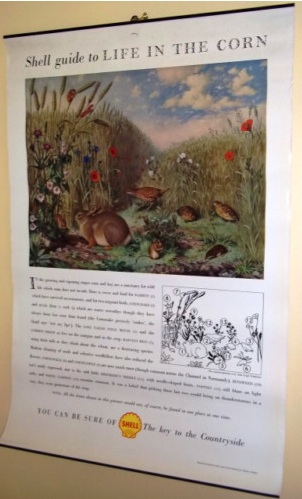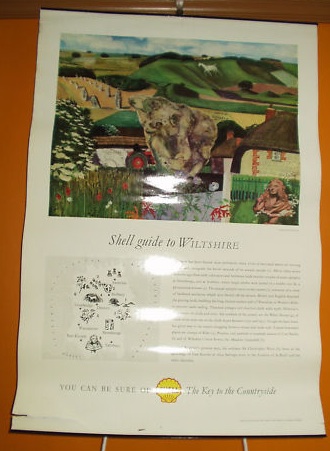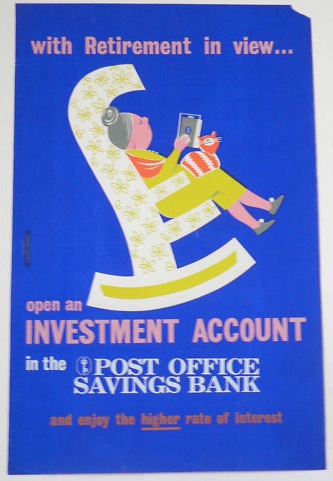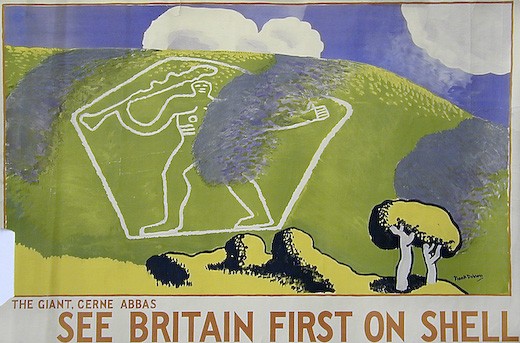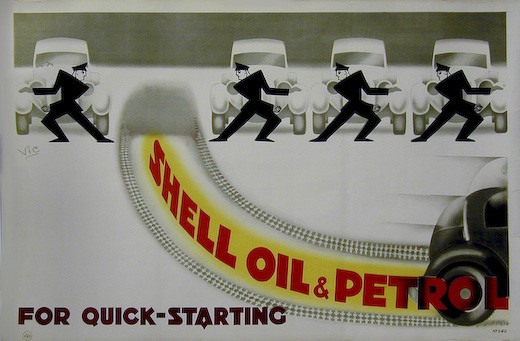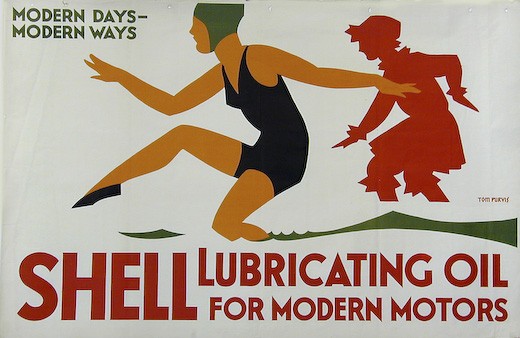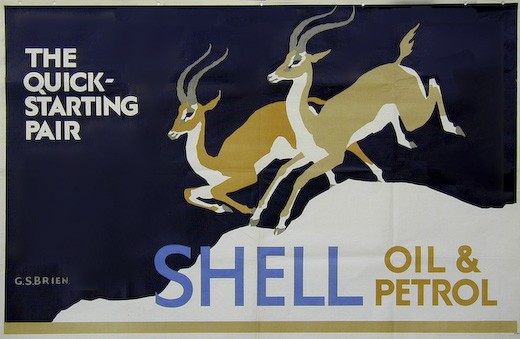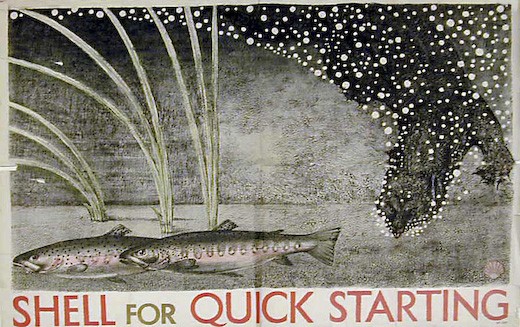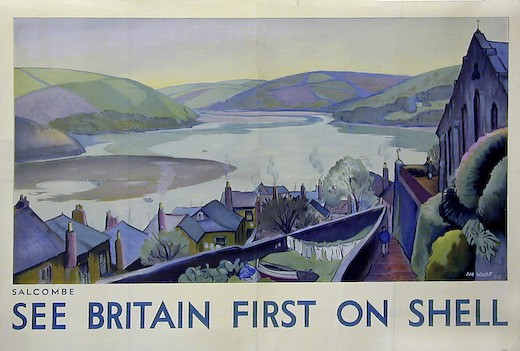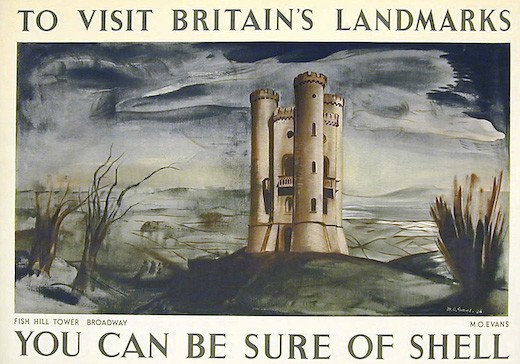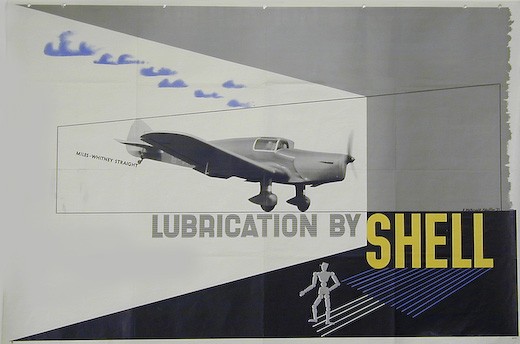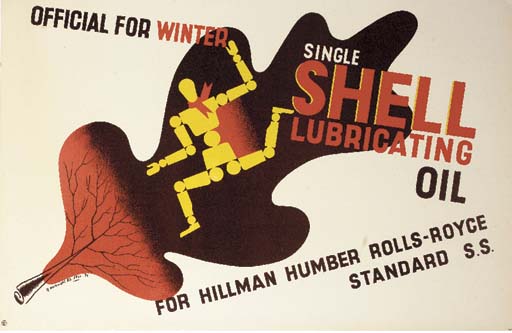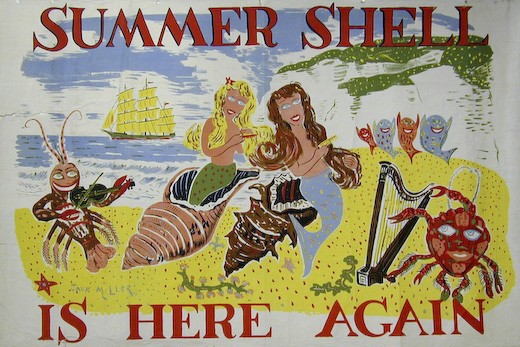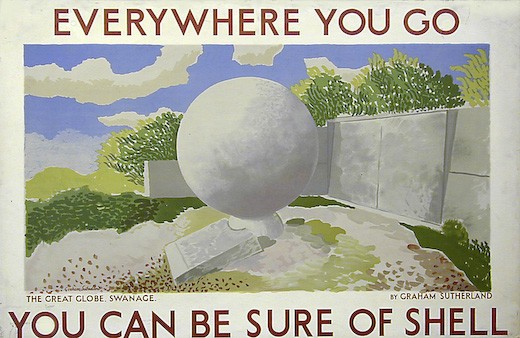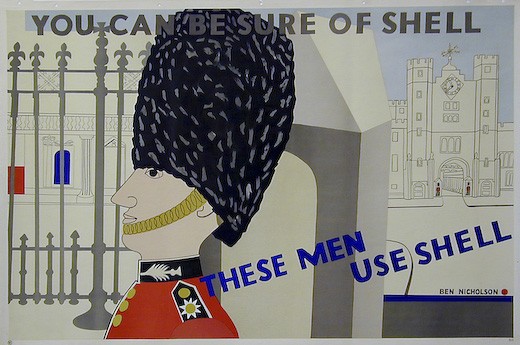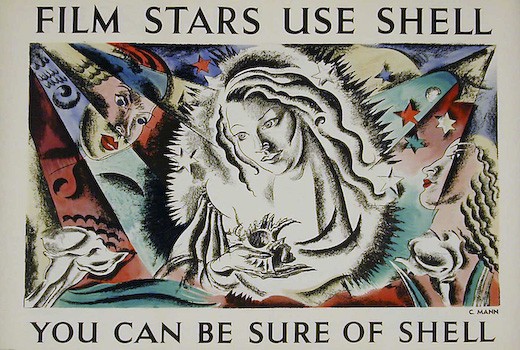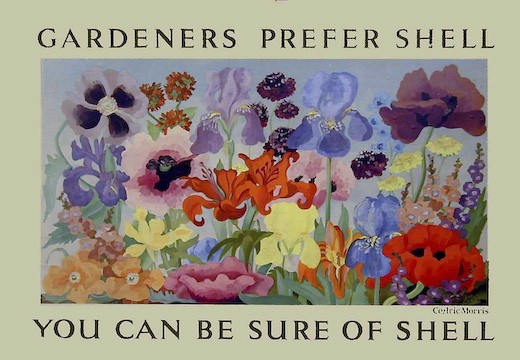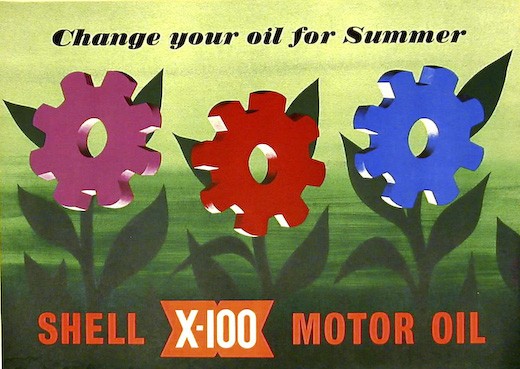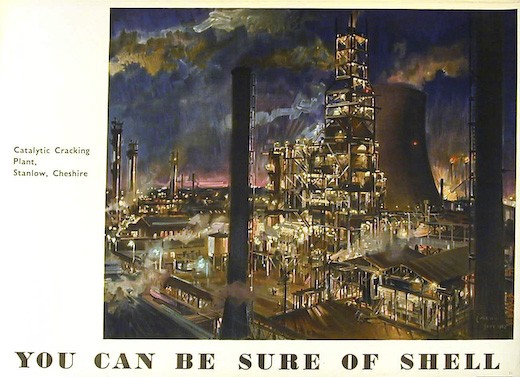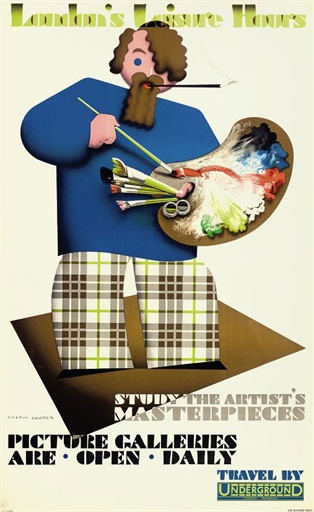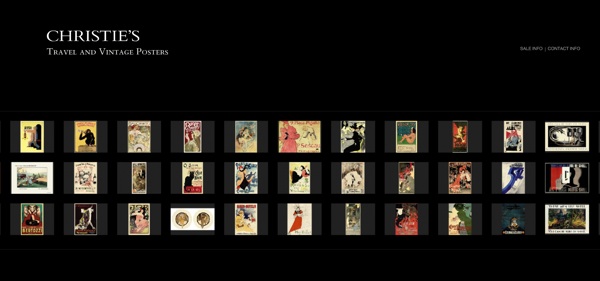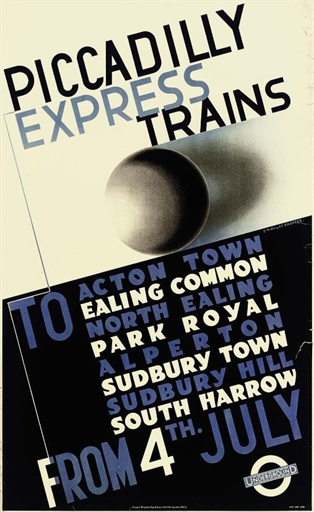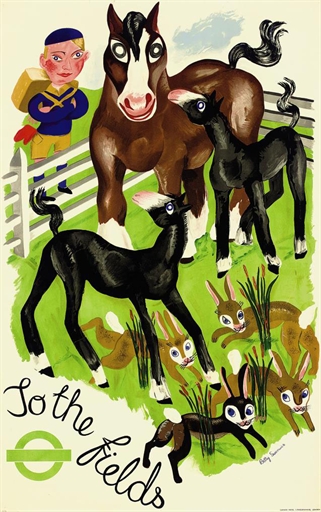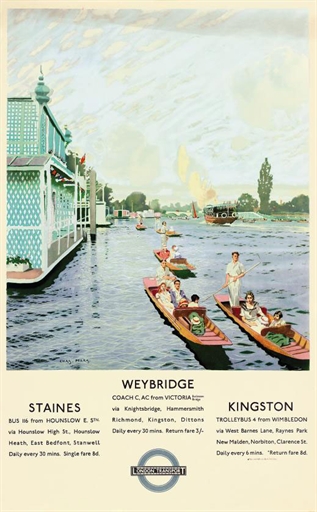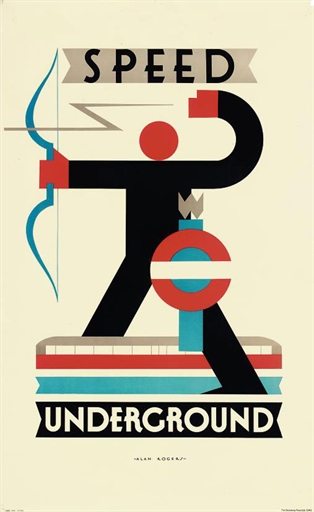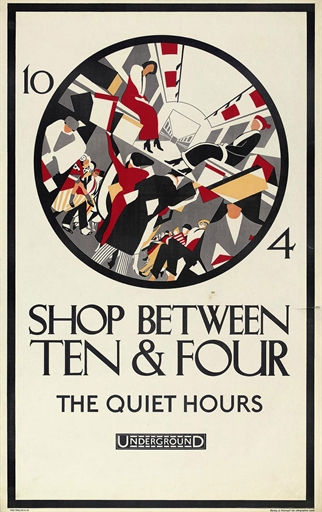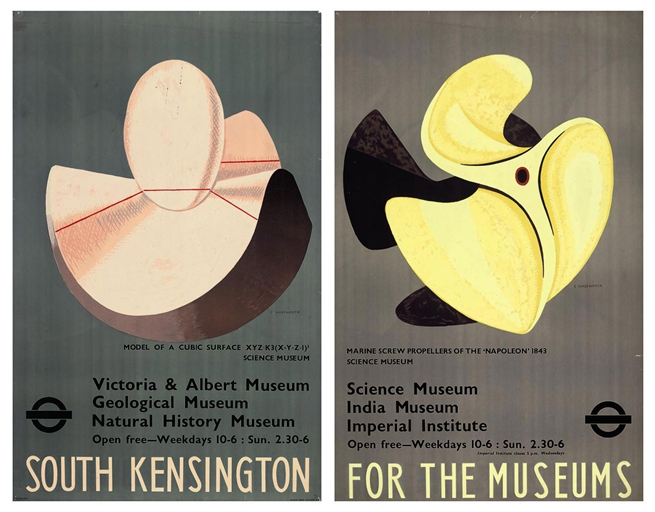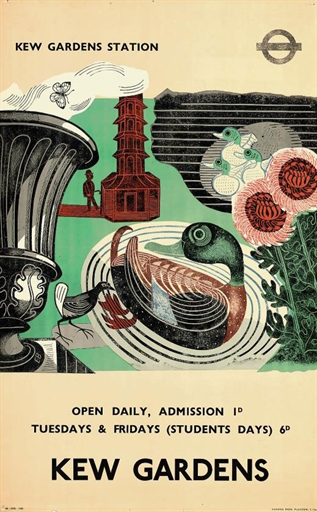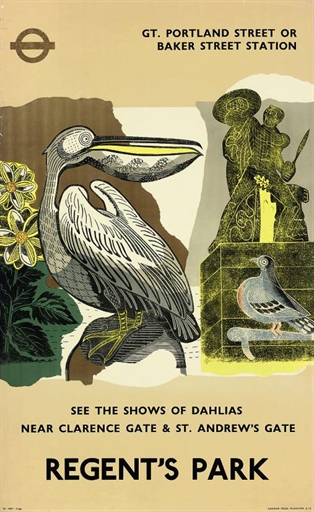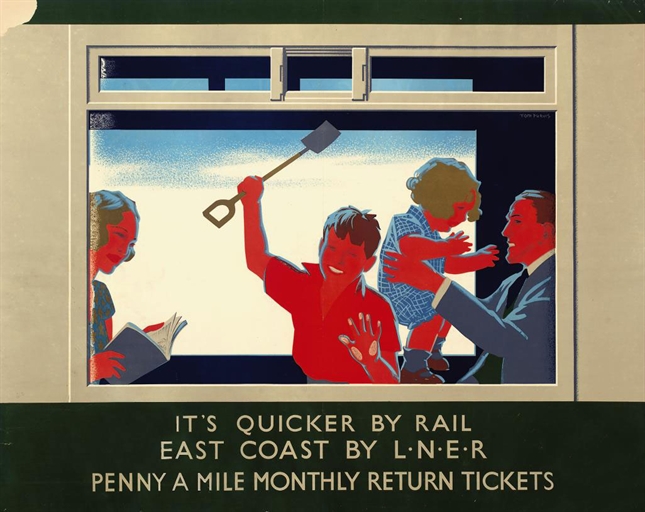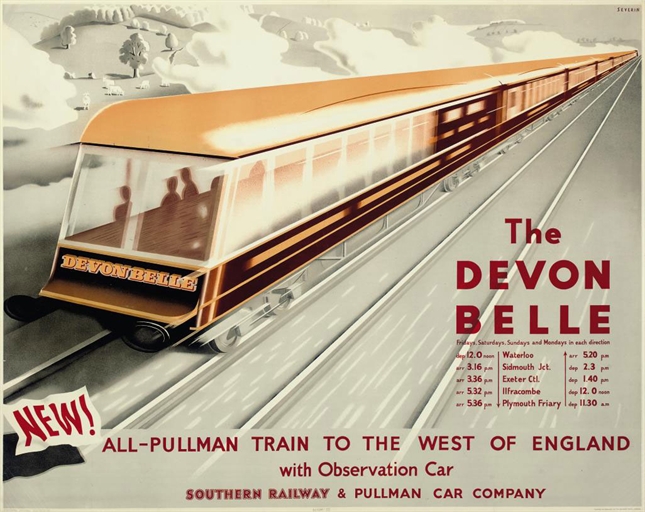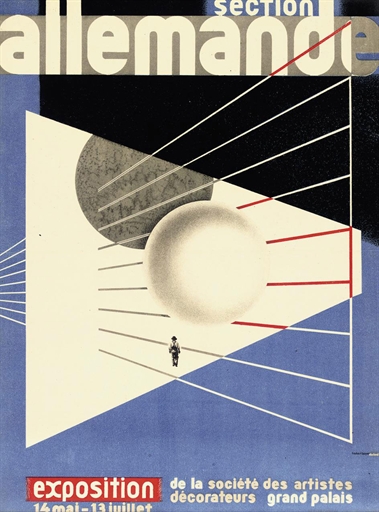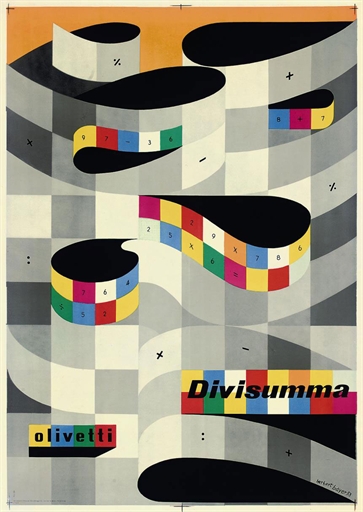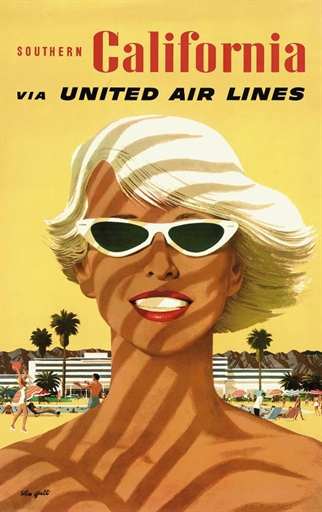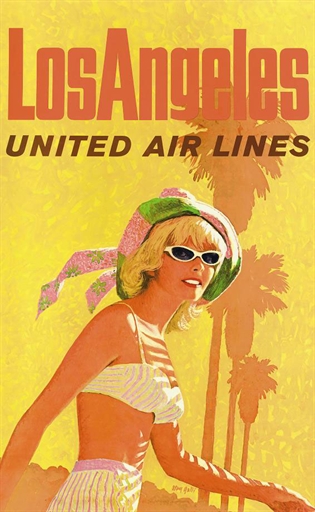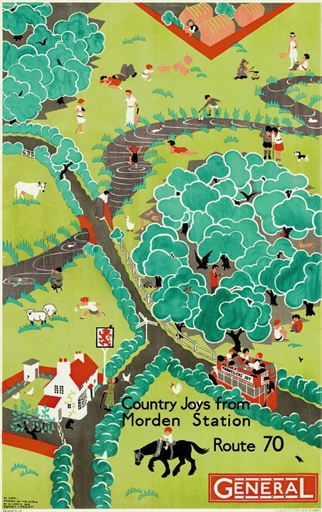Who knew?
Today’s news is that I did something to something yesterday and discovered a whole new online archive. For a collection that I had no idea even existed in real life.
It turns out that the British Council owns a socking great heap of posters. Made up of things like this McKnight Kauffer.
And this Purvis.
And even this anonymous psychedelic gem.
These – and the many hundreds of others which go with them – come from the Alan Mabey archive, whose story is told on the British Council’s website as follows.
Mrs Phyllis Mabey donated this collection of over 300 posters to the British Council in August 1977. At the time she wrote “I should be very glad to hand the collection to The British Council as a gift, as I feel sure that it could not be in better hands, and it will be kept as a collection and not broken up.I wish that the collection be preserved as an entity and that it should be known as the Alan Mabey Collection.
I’ve tried to Google Mr and Mrs Mabey without finding anything out at all, least of all why they failed to give the whole lot to me. But I can tell you one or two things about Alan Mabey just from looking at the archive.
The first is that he liked McKnight Kauffer very much indeed, because he must have owned pretty much every poster that Kauffer ever produced. At leas that’s what it looked like.
There are acres of Kauffer’s designs for London Transport on the site, which I won’t bother illustrating because you’ve almost certainly seen them before. But Alan Mabey also picked up some other designs of Kauffers which don’t come up anything like as often. These two are new to me.
I think more modern advertising should be along these lines.
The archive would be worth your time simply for these, but there is plenty more, because Alan Mabey had the kind of catholic taste that I can only approve of. He liked Shell posters and London Transport too, although interestingly there aren’t many railway posters. Amongst these are plenty enough of the recognised heroes and heroines of graphic design – not just Kauffer, but also Dora Batty, Austin Cooper and Frank Newbould.
But he also bought some less obviously collectable posters, the kind of commercial art, in short, which is so often left out of the record. The first of these is by Robert Gossop from 1928, the second is dateless and anonymous.
This F Gregory Brown is also rather fine.
What doesn’t tend to be represented as much is the kind of post-war poster that I love most of all. There are one or two, to be sure, like this 1963 Abram Games.
Again, this is matched with some of the more commercial work of the time.
The first is anonymous, but the second one is by Barbosa, and the website gives a rather wonderful biography for him.
Artur Barbosa was born in Liverpool, the son of the Portuguese vice-consul and a half-French mother. He studied at Liverpool School of Art and the Central School of Art in London. Whilst still a student he produced illustrations for Everybody’s Weekly and The Radio Times, in addition to producing book covers. He is probably best remembered for his cover illustrations for the Regency romances of Georgette Heyer. In addition to cover illustrations, Barbosa also designed for the stage, produced drawings for fashion magazines and the leading advertising agencies. Barbosa was at school with Rex Harrison, the friendship endured into adulthood when Harrison commissioned Barbosa to design the interiors of his villa in Portofino. This in turn led to a commission to refurbish Elizabeth Taylor’s yacht, the Kalizma.
What is present though, as the poster at the top has hinted, is a major collection of psychedelic posters from the 1960s.
What I can’t tell you is whether any of this this represents Alan Mabey’s taste or not, because the British Council has been augmenting the collection over the years.
Since the bequest the collection was augmented by post-war works by leading British artists and designers acquired by General Exhibition Department.
They must have been doing that quite heavily too; they say that the bequest was over 300 posters, but the online catalogue runs to 843. Which is quite a lot.
There are two things to say about the archive. One is that only about a quarter of the poster are illustrated. However much I have tried to work through the full list of titles, my feel for the collection is still very much based on what I have seen rather than read. I actually found the collection when looking for a Tom Eckersley Post Office Savings Bank poster from 1952, so there is plenty more treasure within. How about this wartime Edward Wadsworth lithograph, produced by the Council for Encouragement of Music and the Arts?
I need to know more.
The other point worth making is that this is actually one of the major British poster collections. It may not be quite as large as the V&A’s, but it has some of the same scope and ambition. But I had no idea that it even existed. So what else is out there that I need to know about?
